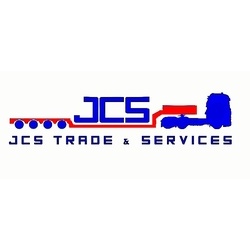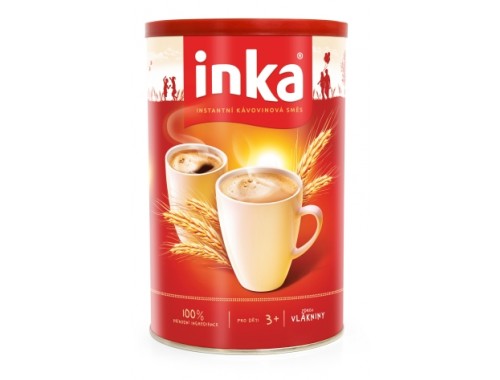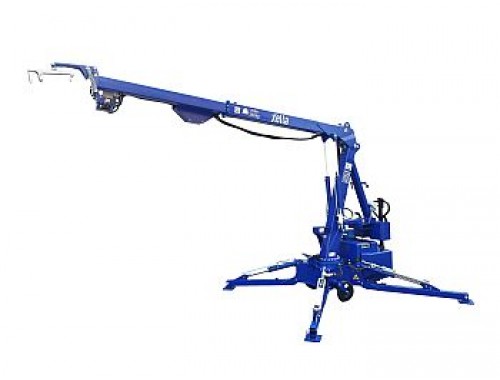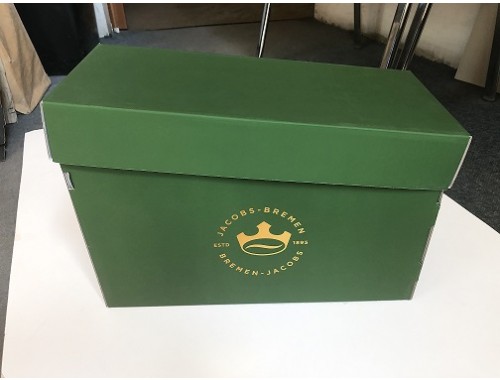How to organize sea transport?
Organizing maritime transport is a complex process that starts with meticulous planning. First, it's essential to thoroughly analyze the requirements related to the shipment. This involves determining the type of goods to be transported—whether they are containers, bulk cargo, or perhaps hazardous materials. Based on this, the route and destination ports are chosen, and the quantity and frequency of shipments are estimated.
The next step is selecting the appropriate mode of transport. Depending on the type of cargo and route, the type of ship that will be most suitable is chosen—this could be a container ship, bulk carrier, tanker, or ro-ro vessel. It is also crucial to find a suitable maritime operator or shipping line that offers favorable shipping conditions.
Preparing the cargo is another significant stage. This includes properly packaging the goods to protect them from damage and weather conditions. Standard packaging and containers are used here. Equally important is preparing all necessary documentation, such as the bill of lading, customs documents, certificates, and insurance policy.
Next, route optimization for the shipment is essential, which requires a thorough analysis of the most efficient route in terms of costs and time, while considering potential risks such as bad weather or piracy threats. After selecting the route, space on the ship is reserved by contacting the maritime operator and agreeing on the loading and unloading schedule.
When the cargo is ready for transport, its transfer to the loading port is organized. Inspections and loading onto the ship using specialized equipment like cranes and forklifts take place here. During maritime transport, continuous monitoring of the ship's position and weather conditions is crucial, enabled by modern GPS and AIS systems. Additionally, risk management, including adequate cargo insurance, is key to ensuring its safety.
Upon arrival at the destination port, the cargo is unloaded, undergoes customs procedures, and is inspected. Then, land transport to the final destination is organized to ensure that the cargo arrives in intact condition.
The final stage involves finalizing documentation and settlements. The delivery of goods is confirmed, transportation costs and any customs duties and taxes are settled. Analyzing the entire process and preparing reports are necessary for future operations and accounting purposes.
A critical element of success in organizing maritime transport is choosing the right partners, cooperating with experienced freight forwarders and port operators, and utilizing modern technologies that enable effective management and tracking of transport. Adhering to international regulations and standards related to maritime transport is also essential.
- Road transport
- Transport Technology
- Logistics, Freight Forwarding, Warehouses
- Maritime transport
- Interesting information
- Heavy transport
Maritime transport
How to organize sea transport?
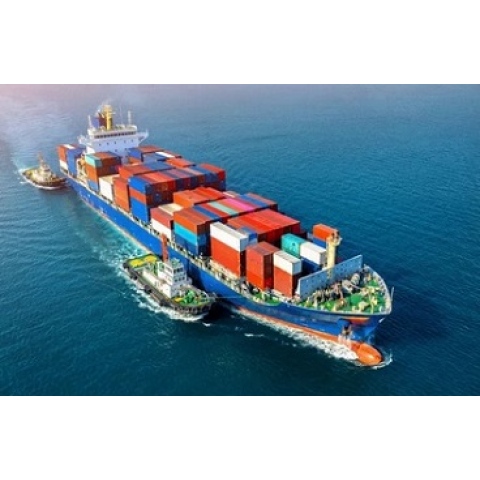

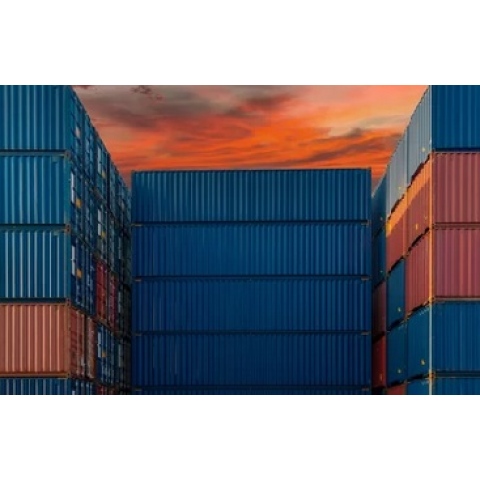
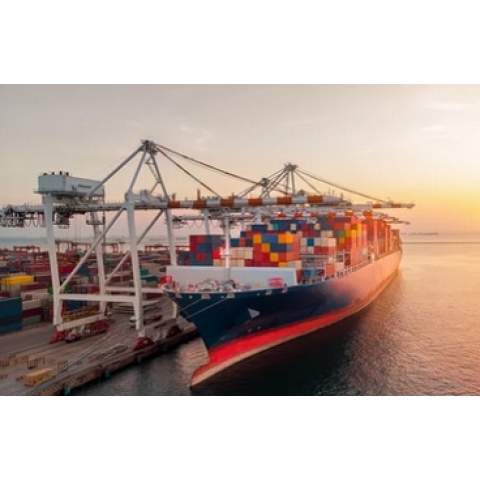
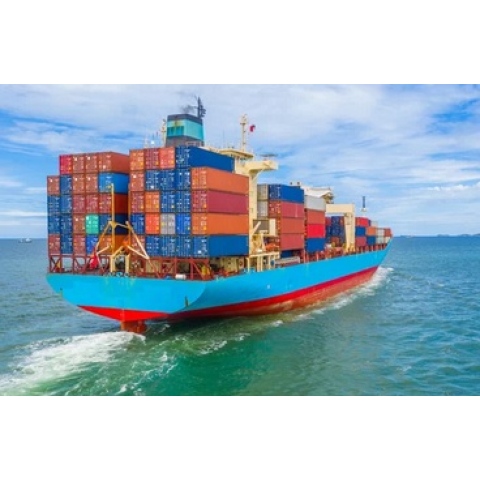
Source: https://www.poland-transport.eu

See also:
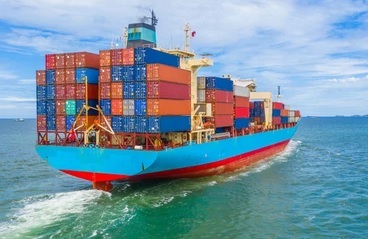
How to organize sea transport?
Organizing maritime transport is a complex process that starts with meticulous planning...

Transport Spain - according to the professional international carrier Speed Truck
We have been dealing in the transport of materials and goods on routes to Spain since the beginning...

What is Contract Logistics? Explains Fructus Transport
Logistics is - next to transport and forwarding - one of the most important branches of transport services...

Universal Transport successfully conducts test drive for Siemens Mobility
In addition to good planning and modern equipment, precise load securing is one of the most important...

Air transportation - ZTE PL
Due to increasing interest in the transport of special and oversized cargo by means of air transportation...
Help needed ?
If you have not found the desired freight, an available truck or a suitable transport and forwarding company, or the search results are not satisfactory for you, do not hesitate to write to us to tell what you are looking for. We will send your inquiry directly to transport companies.
Write to us
Featured TSL industries
Featured companies the transport industry
ul. Wołczyńska 37
60-003 Poznań
60-003 Poznań
Phone+48 (61) 886 23 00
Fax.+48 (61) 886 23 01
Fax.+48 (61) 886 23 01
ul. Pyskowicka 16
41-807 Zabrze
41-807 Zabrze
Phone+48 697 982 189
Fax.+48 (32) 271 20 25
Fax.+48 (32) 271 20 25
ul. Maszewska 15
72-100 Goleniów
72-100 Goleniów
Phone+48 (91) 418 53 23
Fax.+48 (91) 419 03 90
Fax.+48 (91) 419 03 90
ul. Bytomska 39
41-103 Siemianowice Śląskie
41-103 Siemianowice Śląskie
Phone+48 (32) 229 50 00
Fax.+48 (32) 229 50 20
Fax.+48 (32) 229 50 20

